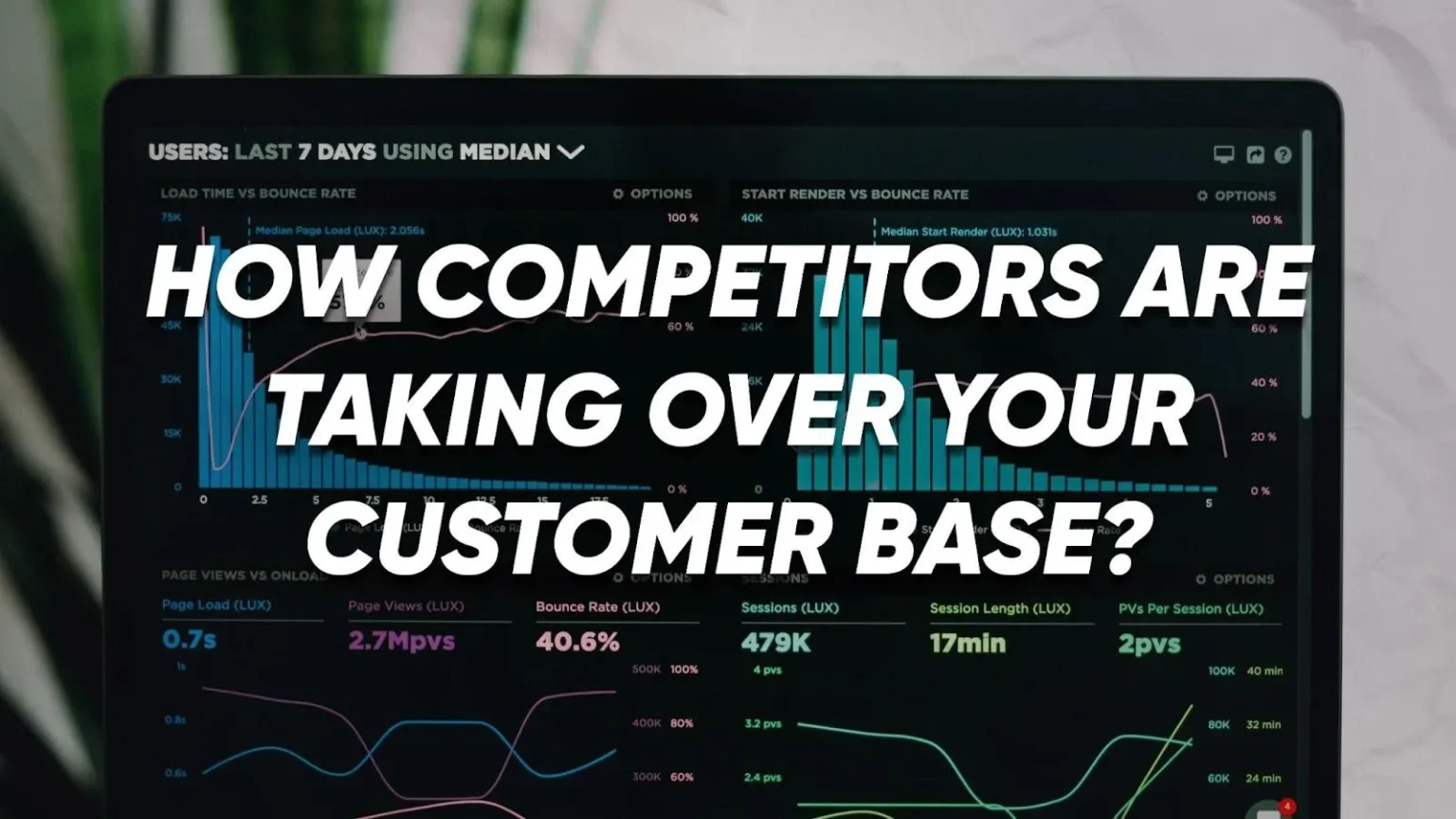
When it was first conceived in the early 2000s, LinkedIn was a fairly basic group directory of people in the business world, where you could upload your resume, establish a few virtual connections, and, hopefully, impress a third-party recruiter.
Nowadays, it has become one of the most advanced career ecosystems on the internet, driven by artificial intelligence, data analysis, and platform architecture that extends well beyond a set of static profiles.
LinkedIn has turned out to be more than a professional networking site: It is an in-the-moment labor market, a content engine, an e-learning channel, a B2B marketing channel wrapped in a seemingly streamlined UI.
The engine behind such complexity is not the number of users or being acquired by Microsoft; it is the technology underneath and the infrastructure that can adapt according to how people work, learn, and hire in 2024.
AI-Driven Matching: Beyond Job Boards
Existing job sites emphasize keyword matching, where resumes that correspond to listings are matched by title or skills. LinkedIn, in turn, uses machine learning models that are trained on behavior, network graphs, engagement signals, and recruiter feedback to present job recommendations to individuals.
It does not simply ask you what you do; it makes preferences for what you might do in the future.
- As a user, when they update their profile with a certificate in data analytics, new job roles to look forward to appear as business intelligence positions or entry-level data science positions, even if they have not searched for or applied for these jobs.
- A user with a high consumption of climate policy postings can expect recruitment targets from sustainability-centred organisations.
Such a type of predictive modeling transforms LinkedIn into a wise career guidance system, and that is one of the central reasons why this system has such a high engagement level among mid-career professionals.
From Profiles to Platforms: LinkedIn as an API-Ready Ecosystem
The functionality of LinkedIn has surpassed its front-end user interface. The platform now acts as the enterprise-level data environment, with integrations through LinkedIn Learning, Sales Navigator, Recruiter, and API access to third-party CRMs and HR applications.
For example:
- A recruiter can be detailed and generate complicated Boolean searches across job experience, geographic location, industry, and level of engagement.
- The ATS software is real-time capable and enables companies to include job application funnels into the LinkedIn jobs.
- LinkedIn Learning can monitor skills development and career pathing within companies’ learning and development (L&D) initiatives.
LinkedIn will also have value as a modular data-driven B2B services case study to platform architects and developers, itself based on a core social graph.
Learning at Scale: The Rise of Microcredentials
LinkedIn Learning is one of the fastest-growing components of the LinkedIn ecosystem, offering more than 20,000 courses on topics ranging from JavaScript and Node.js frameworks to leadership communications.
The actual change is not one of content quantity, but rather micro-skilling. The short-form courses and certifications users are now seeking to pursue are intended to indicate an intent to acquire just-in-time knowledge and alter their algorithmic placement in the hiring cycle on the platform.
Unlike traditional MOOCs, LinkedIn Learning integrates:
- Badge-based certification directly into profiles
- Completion tracking tied to career goals
- Data-driven course recommendations based on job trends
With the help of a verified LinkedIn Discount code, users can reduce the cost barrier to premium courses, monthly subscriptions, or full-skill paths, allowing greater access to high-quality content with career-aligned outcomes.
Thought Leadership in the Feed: Content Becomes Capital
One of the less recognized but equally significant changes is that content creation has become a visibility engine on LinkedIn. Whereas TikTok is primarily focused on entertainment, Twitter emphasizes comments, and LinkedIn has carved out its niche with long-form posts, career journeys, recruiting news, and industry-specific content.
The number of users 3 million of, publish content every week. These posts are ranked automatically based on engagement, proximity to the industry, and network. For young professionals, a post sharing what they learned from a bad job interview can attract dozens of direct messages, an offer of mentorship, or even an invitation to be interviewed.
The smart feed, trending posts, and following of topics make the platform a publishing space and an engine of branding for individuals who do not have blogs, media coverage, or engagements as speakers on other platforms.
Privacy, Trust, and Verification in a Professional Context
Trust architecture is one of the strengths of LinkedIn, which has enabled it to sustain its growth over time. In contrast to general social networks, the site requires a real name, does not push spam, and adds signals in terms of skill approvals and relevance in connections.
The latest update, which includes “About this profile,” and verified workplace badges, enhances credibility and discourages impersonation. Having a promising profession on the shoulders, the management ofthe community on LinkedIn has withstood disinformation sessions better than most platforms.
Since the generative artificial intelligence facilitates the creation of fake content, this verified-professional space creates more value in the workplace, especially in preserving the true digital identity of individuals.













